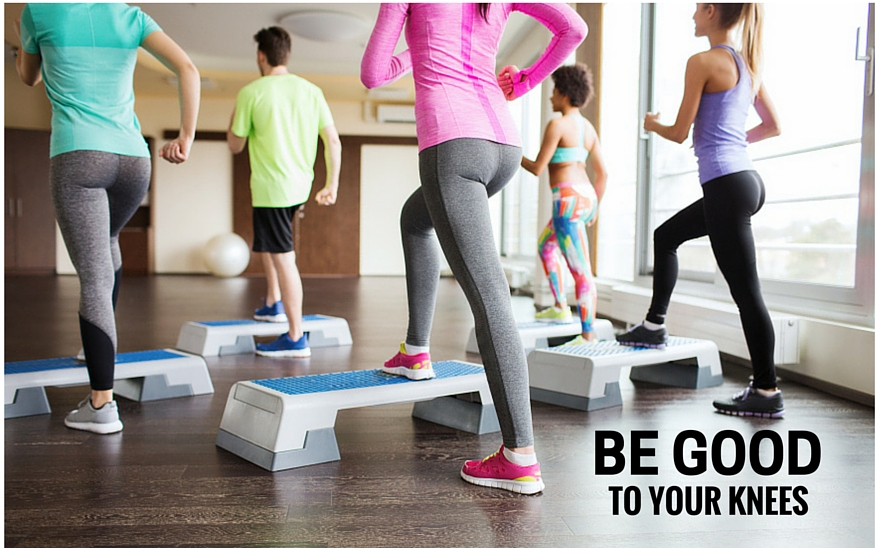The experts will tell you the best way to avoid having chronic knee problems is to make sure the muscles that support knee function are strong. Strong quadriceps, hamstrings and glutes reduce strain on the knees and help the joint absorb shocks.
If you’re one of the estimated 1.3 million Americans already suffering from pain and weakness in the joint, the problem becomes a head-scratcher, though. What exercises can you do if every step you take is accompanied by discomfort or fear?
The American Academy of Orthopaedic Surgeons has several suggestions, but the key is to start slowly. Start with easy exercises and work your way up, the group advises, because building muscle takes time. It’s also important to listen to your body (if not your doctor) as you go forward, according to the group. You should feel tired after exercise and you can feel stiff, especially when trying to work around a weakened knee.
You should not, however, feel serious pain.
“If you do, back off and talk to your doctor. Pushing yourself too far can do more harm than good,” reads an AAOS advisory.
Among some of the easy “warm-up” exercises to build up support for a problem knee are:
PARTIAL/WALL SQUATS
Squats, especially with support, are a good way to work both the front and back leg muscles. Partial squats start with you in front of a chair with your feet forward and about hip-width apart, as if you were about to take a seat. While keeping your ab muscles tight, bend at the hips and lower yourself halfway to the chair before freezing for a good 5-10 second count. Wall squats are a little more difficult, but still let you ease into workouts. Standing with your back and hips to a wall with feet about hip-width apart, slowly slide down until you are almost in a seated position. Hold for 5-10 seconds, then slide back up to a standing position.
Series of 5-10 squats – whether partial or wall – is a good, safe way to start.
HAMSTRING CURLS
Using a walker or chair-back for support, stand with your feet together and shift your weight to one leg. Lift the opposite foot, bending your knee, bring your heel as close to your buttocks are possible. At its closest point, hold that position for three-to-five seconds before slowly lowering your leg. Then, do the other side. You’ll really feel the work in your hamstrings. Do as many repetitions as comfort allows.
HAMSTRING STRETCHES
You’ve done the curls, and your hammies are tight. Now, it’s time to loosen them up with stretches. Strong muscles support your knee, but can leave muscles tight. Tight muscles are more prone to injury. For a good stretch, lie on your back with feet together. One leg at a time, loop a towel or workout band around your foot and pull that leg as close to your chest as comfort allows. Hold the pose for 15-20 seconds then slowly let your leg back down. Then, do the other leg. A series of 5-6 stretches for each leg daily or every other day will help keep those muscles loose.
STEPS
Stairs are the easiest (and arguably most available) workout to promote knee strength. Whether it’s on the family stairwell or aerobic step bench, don’t just tackle the steps as if you’re trying to get upstairs as quickly as possible. Instead, step up with one leg. Bring your other foot up to the same step, tap it and slowly step back down. Then, switch feet. Step up, tap, and step down. Again, repeat as much as comfort allows.
These exercises are not very taxing because it’s important to start light, according to experts. Though you may want to tackle a workout with gusto, avoid the temptation. Lunges, deep squats in which you go lower than a seated position and hurdlers’ stretches are great workouts, but can be bad for an aching knee.
Talk to your doctor or physical therapist to get an idea where you should start. Ask questions. Listen to their answers and come back with more questions, the Academy of Orthopaedic Surgeons suggests.
“Make them part of your workout planning,” the group advises.

